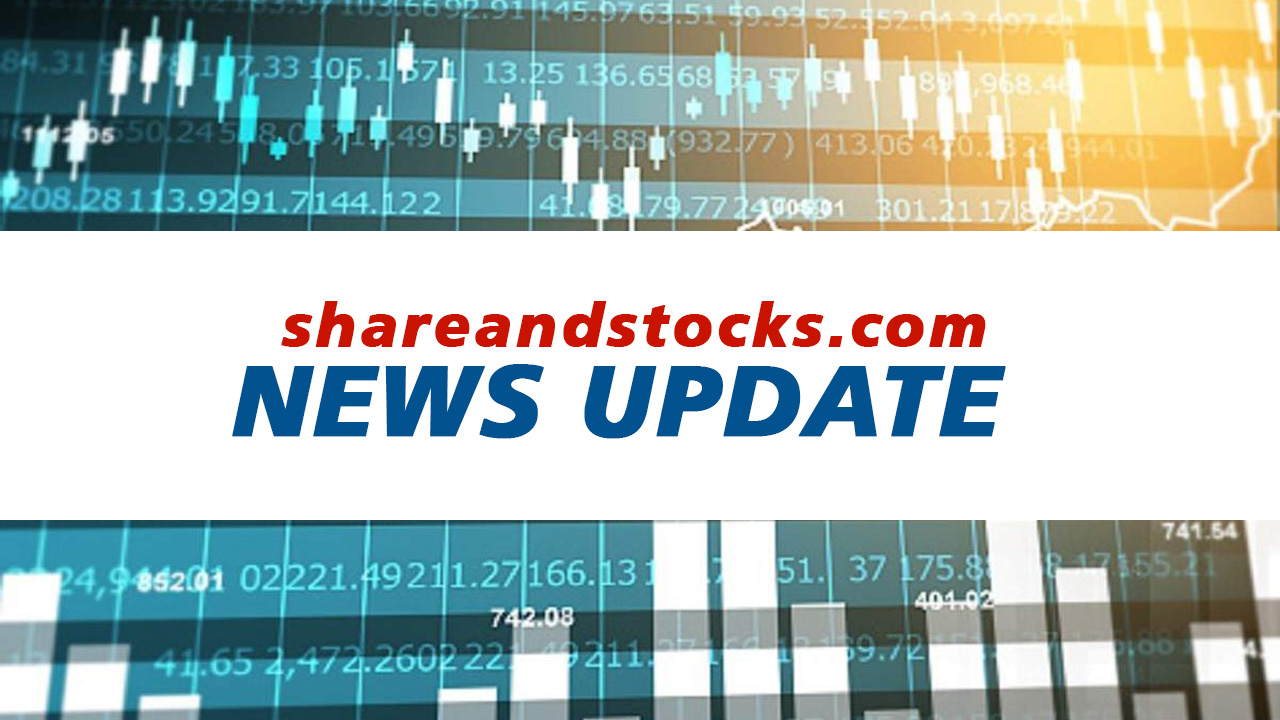Astec Lifesciences Ltd Medium-term headwinds, Hold
■ We forecast revenue growth at 15% CAGR and PAT at 13.9% CAGR over FY21F-24F for Astec Lifesciences
■ The key chemical segment SBI-triazole is facing demand headwinds, but we believe expansion into herbicides provides a growth opportunity.
■ We value the stock at 25x FY23F EPS, in line with the mean P/E of the last eight years. We initiate coverage on the stock with Hold and TP of Rs1,073. Hopes up by consensus, but medium-term headwinds Astec LifeSciences manufactures a wide range of agrochemicals and pharmaceutical intermediates. Exports, including contract research and manufacturing services (CRAMS), form ~60% of FY21F of revenues.
The company supplies products to such customers as Syngenta, Dow, Bayer AG, Farma Tech International Corporation, etc. Astec is particularly active in the SBI (Sterol Biosynthesis Inhibiting)-triazole group of fungicides, with tebuconazole one of its main molecules. Falling realisations of key products and the likely rise of raw material prices are the key risks in the short term. Globally there is a shift from SBI-triazoles to SDHI fungicides, presenting a key risk in the medium term.
Astec is expanding capacity and trying to mitigate risks by venturing into herbicides, which likely will take time to fructify, in our view. SBI-triazole group of fungicides is facing structural headwinds The SBI-triazole market was largely flat (in sales terms) in 2019, rising just +0.4% to reach US$3,212m in global sales. The SBI triazole market was flat over CY12-19 and declined by 2.1% CAGR over CY14-19 (Source: IHS Markit).
Pressure continues to build on triazoles in Europe as potential regulatory action may constrain future growth if renewals of registrations are not achieved. This is likely to benefit competing Succinate dehydrogenase inhibitors (SDHI) and ‘other’ fungicide segments, in our view. We believe multiple SBI-triazole molecules are facing substitution risk in Europe.
Another dampening factor is a strong pipeline of active ingredients targeted at cereal production, many of which feature novel modes of action. Tebuconazole, a key product for Astec and ~50% of exports (FY20), is on the European Union’s active watch list. It is a generic agrochemical manufactured by multiple companies and, so, its price is likely to remain under pressure. We value Astec at 25x FY23F EPS, initiate coverage with Hold We forecast revenue to be 15% CAGR (FY21-24F) and PAT 13.9% CAGR for FY21F24F.
There are near-term headwinds as PAT growth will remain below consensus, however long-term positive remains as company is diversifying into herbicides. Risk balances reward, hence, Hold. Upside/downside risks: If tebuconazole prices do not bounce back in FY22F, gross margin will not recover and EPS will be lower than our estimates.
We expect the domestic enterprise business to grow at 12% CAGR over FY21-24F, but a sudden increase in fungus attacks on rice and vegetables could increase the use of SBI-triazole fungicides (like tebuconazole) which will be positive for revenue and, hence, for EPS
Medium-term headwinds, Hold Business analysis Exports form almost 60% of Astec’s revenue in FY20 Exports form 60% of Astec’s revenue in FY20 and have been the main drivers of revenue growth over the past six years. We expect exports revenue CAGR of 12% over FY21F-24F
Exports comprise enterprise sales and CRAMS Astec’s enterprise sales and CRAMS have almost equal weightage in exports. Astec’s key customers are Syngenta, Dow Agrosciences, Bayer AG and Farma Tech International Corporation.
Astec’s key agrochemical exports belong to SBI-triazole group of fungicides, whose market has been stagnant for 7 years Astec’s key exports belong to the SBI-triazole group whose sales were stagnant over the last few years. Last year (FY20) the sales growth rate of the SBItriazole group of fungicides was a meagre 0.4% CAGR (Source: IHS Markit)
– By CIMB Bank Research


